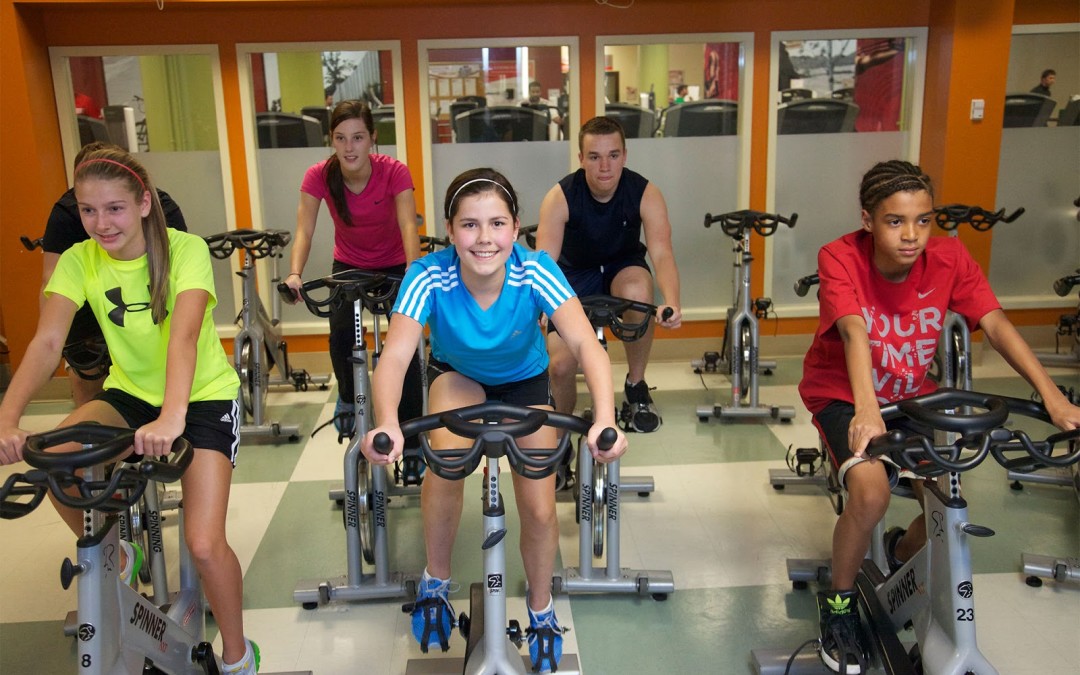With children, exercise does a lot more than build a better body, it builds a better brain!
The interaction between physical activity and development of particular areas of the brain plays a large role in improving attention, learning, judgment, self control, memory, speech, and variety of other cognitive skills.
Below are 3 key components of the brain involved with learning, and how physical activity plays a role in their development.
1. The Basal Ganglia (The reptilian brain): The basal ganglia are responsible for controlling our postural reflexes. They also inhibit inefficient primitive reflexes that are present when we are born.
A primary function of the basal ganglia is to inhibit unnecessary movement.
When the basal ganglia receive signals brought on by proprioceptive, tactile, or vestibular (balance) stimuli, signals are sent to the internal structures of the brain. These signals are modified over time to create more efficient movement.
When this area of the brain doesn’t receive signals due to pathology or inactivity, it does not develop correctly and the primitive, inefficient movement patterns we have at birth remain dominant. Additionally, underdevelopment of the basal ganglia impairs ones ability to focus attention due to inability to inhibit unnecessary movement (as often seen in hyperactivity).
2. Neocortex: The neocortex processes signals from our sense organs and allows us to be aware and act consciously. The front part of the neocortex, the prefrontal cortex, is extremely important in our judgment, attention, and control of impulses.
When youngsters are inactive, the neocortex is not stimulated, therefore the nerve cells associated with the development of this part of the brain do not develop properly. Consequently, this deficit results in the lack of development in the above-mentioned behaviors.
3. The Cerebellum: This area of our brain is responsible for making movement rhythmic, coordinated, and smooth. It also has important connections to the prefrontal cortex mentioned above.
When children are not regularly active, navigating balance and coordination challenges, the cerebellum does not develop properly. The function of the cerebellum is extremely important to the function of the prefrontal cortex. This negatively affects the ability to pay attention and control impulses. In severe circumstances, it can negatively affect the development of speech, and eye tracking!
As you can see, the interplay of physical activity and brain development is significant. While the coordination of physical activity is driven by the brain, the brain is driven by the coordination of physical activity! When a child is inactive or under-active, the body doesn’t move, so the brain doesn’t grow. When the brain doesn’t grow, the body can’t move!
Let’s commit to getting our kids moving in school, at home, or anywhere else we want to offer them the opportunity of physical, mental, and emotional health!
Sweaty, smiling, smarter!
Brett Klika CEO and co-founder of SPIDERfit is an international award- winning certified strength and conditioning coach, author, and motivational speaker with over 20 years experience motivating and inspiring youngsters to a life of health, fitness, and performance.
Brett consults with schools, athletic organizations, fitness professionals, and fortune 500 companies around the world.





Connect with SPIDERfit!